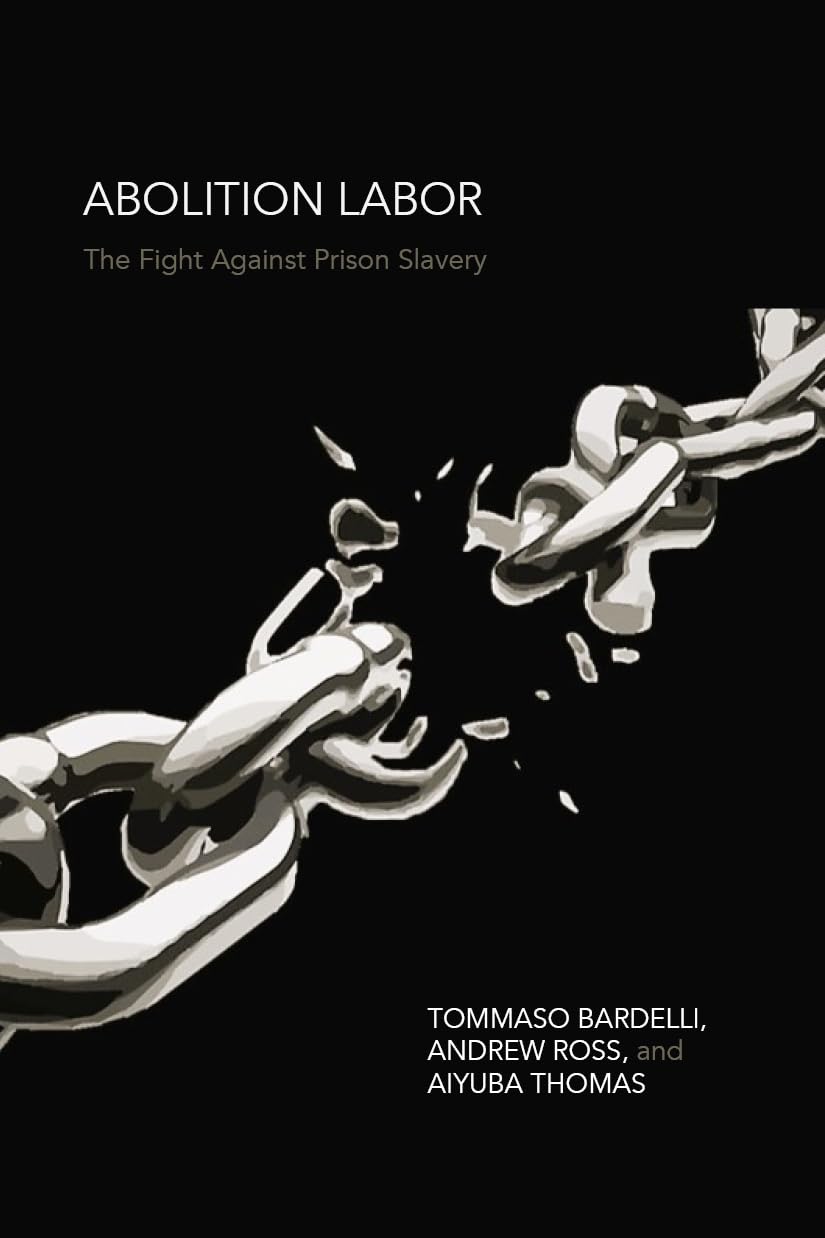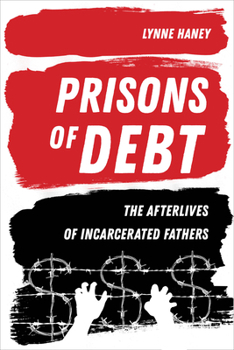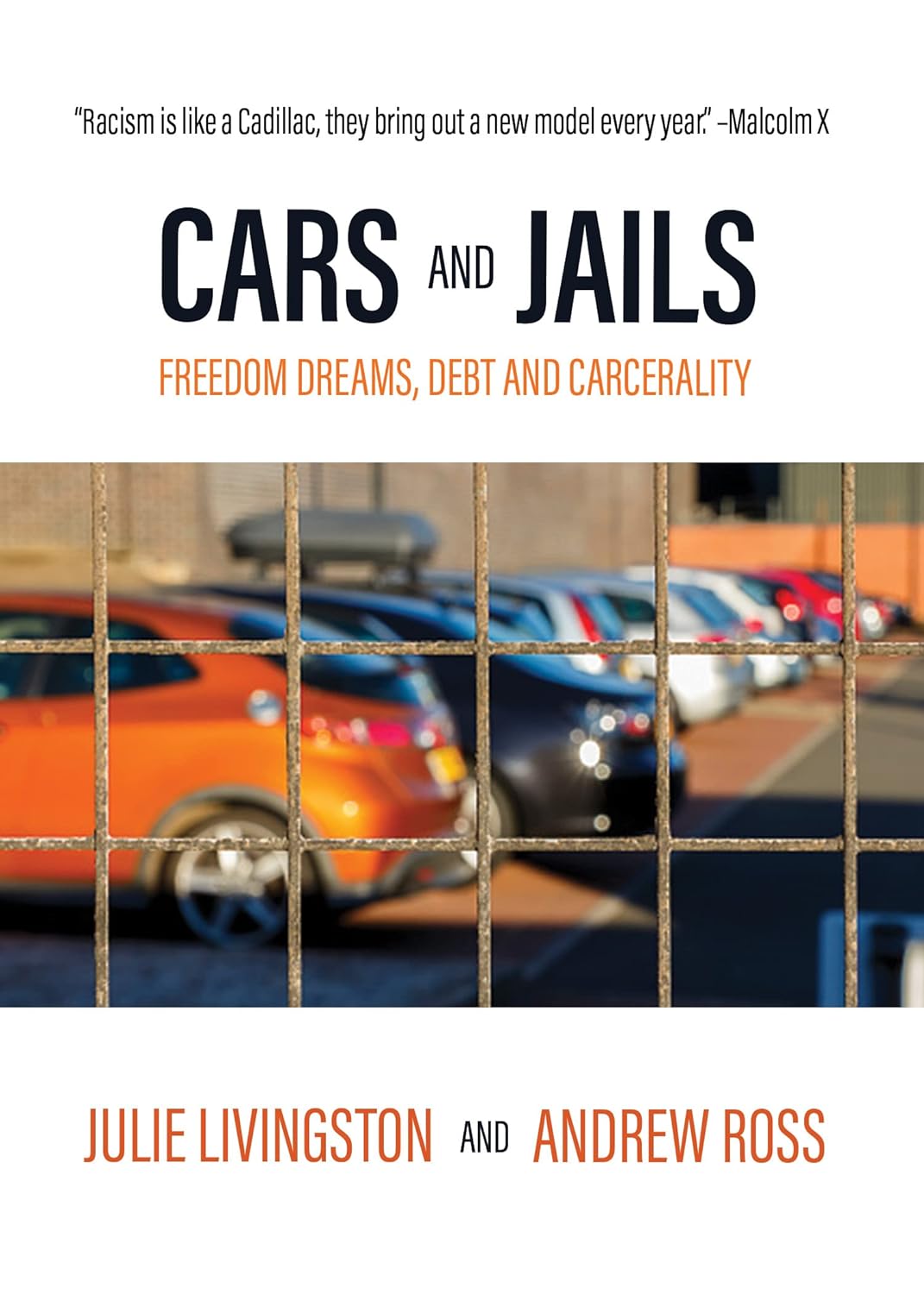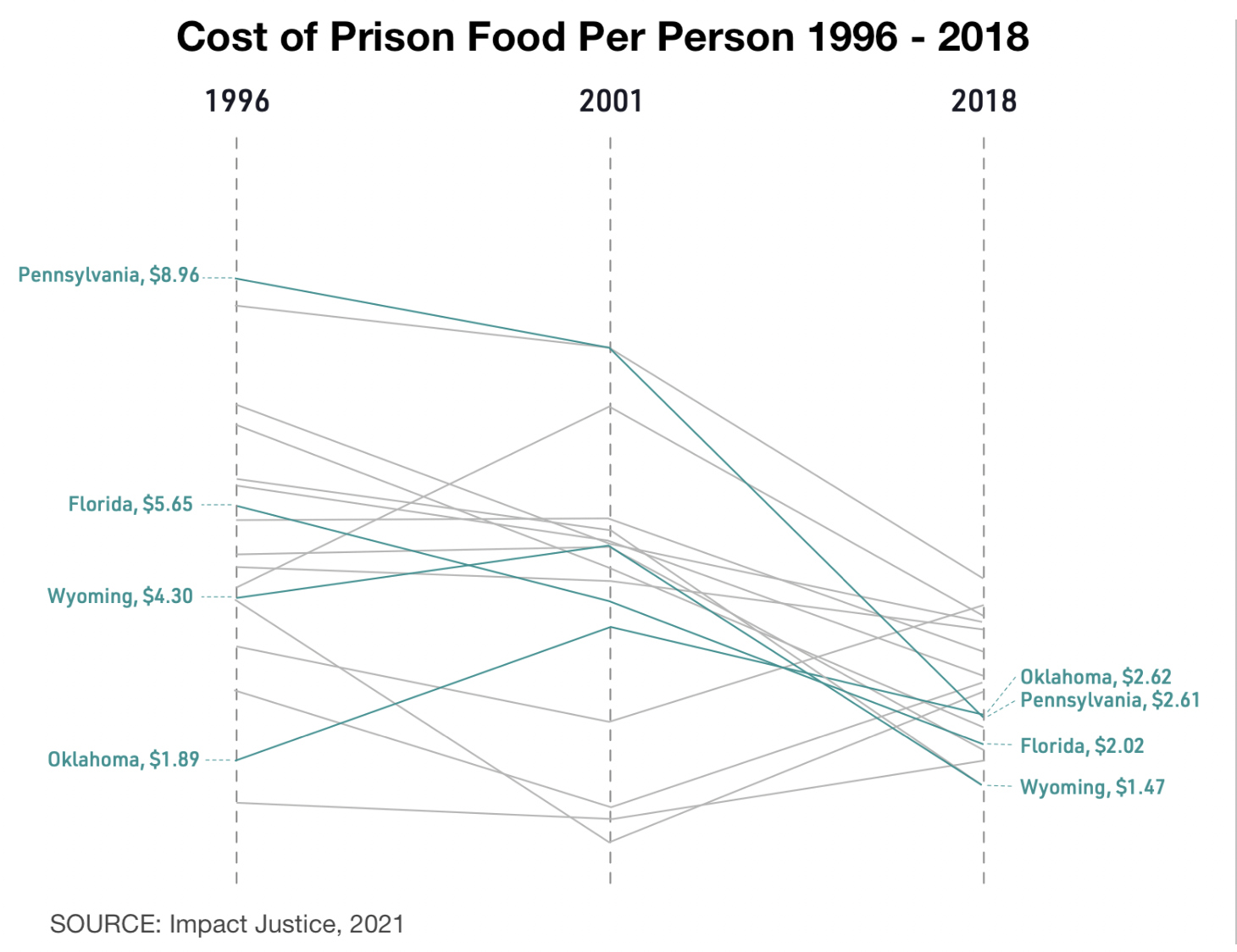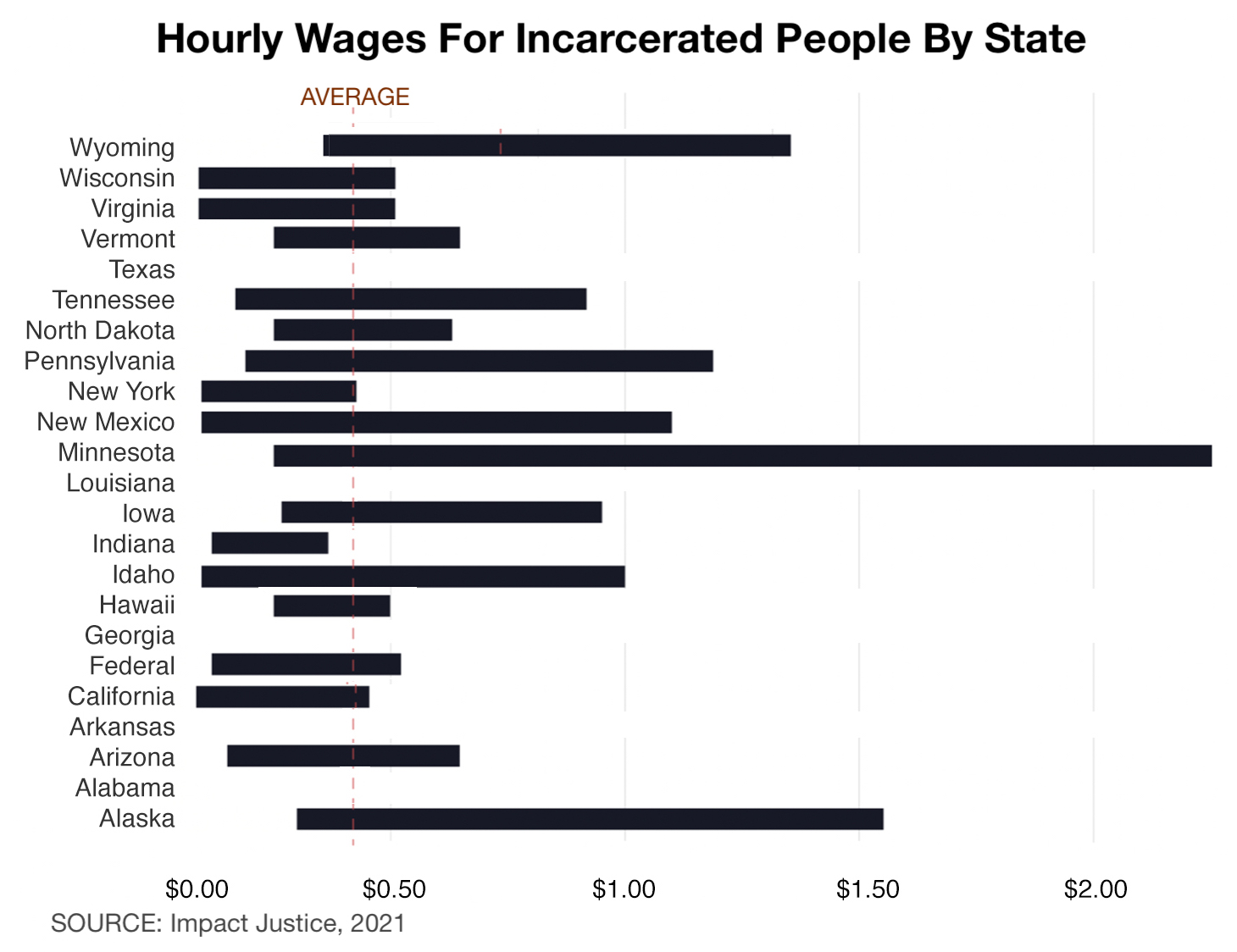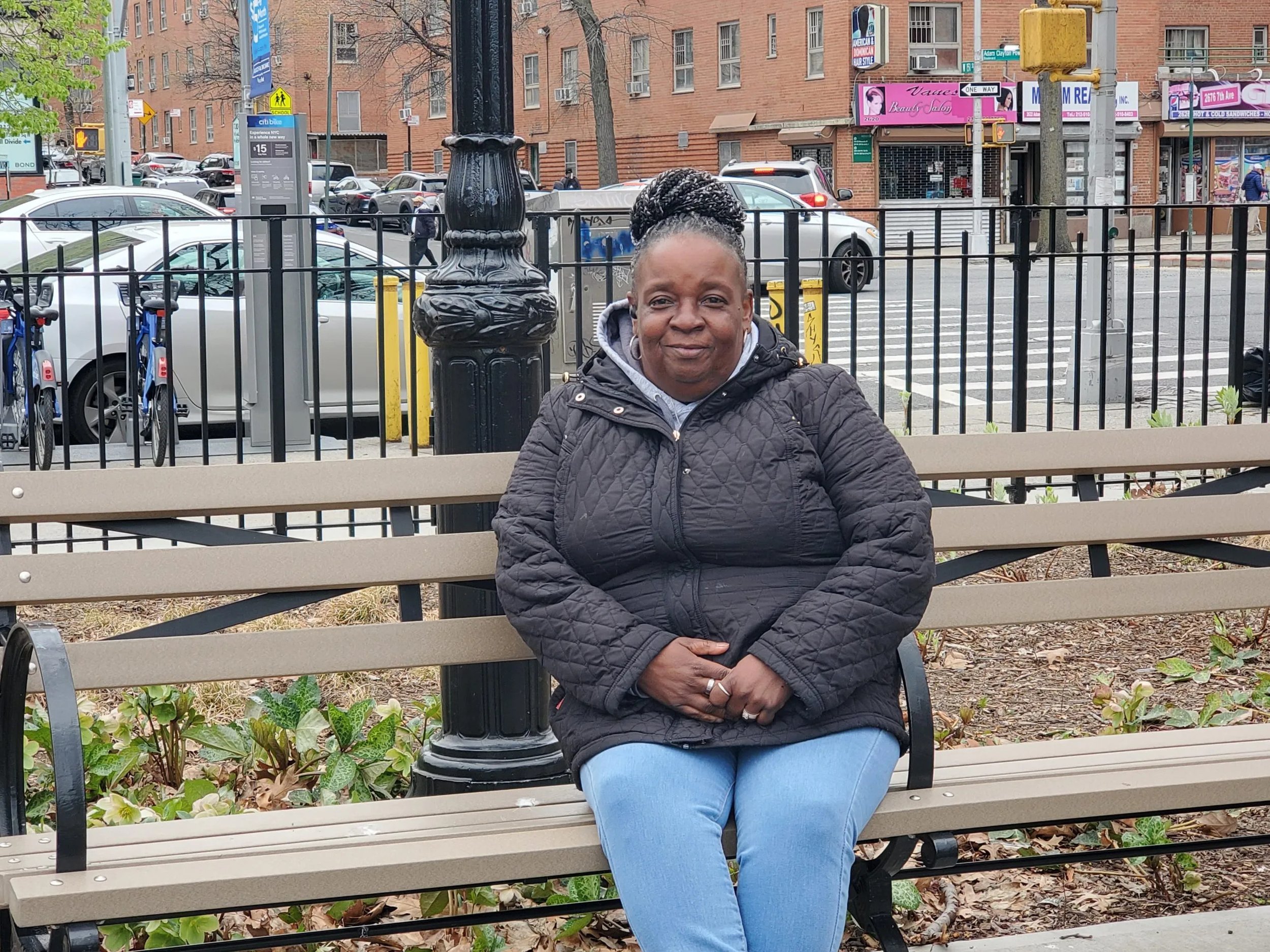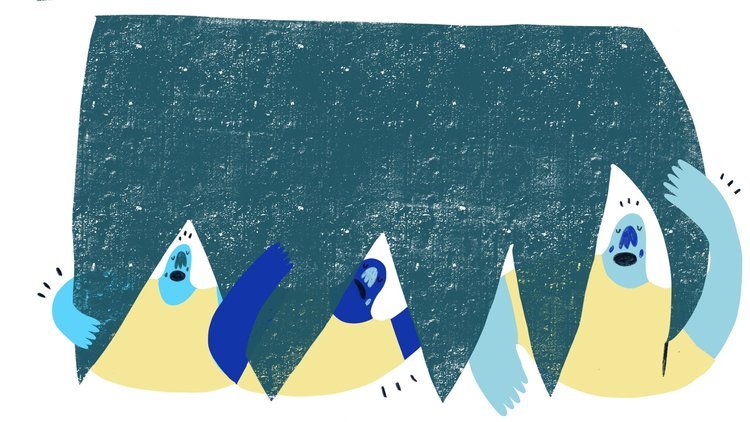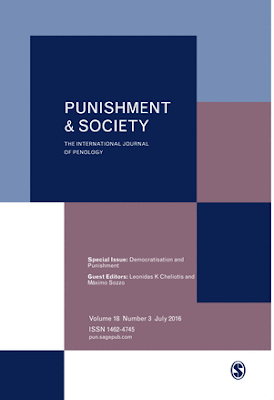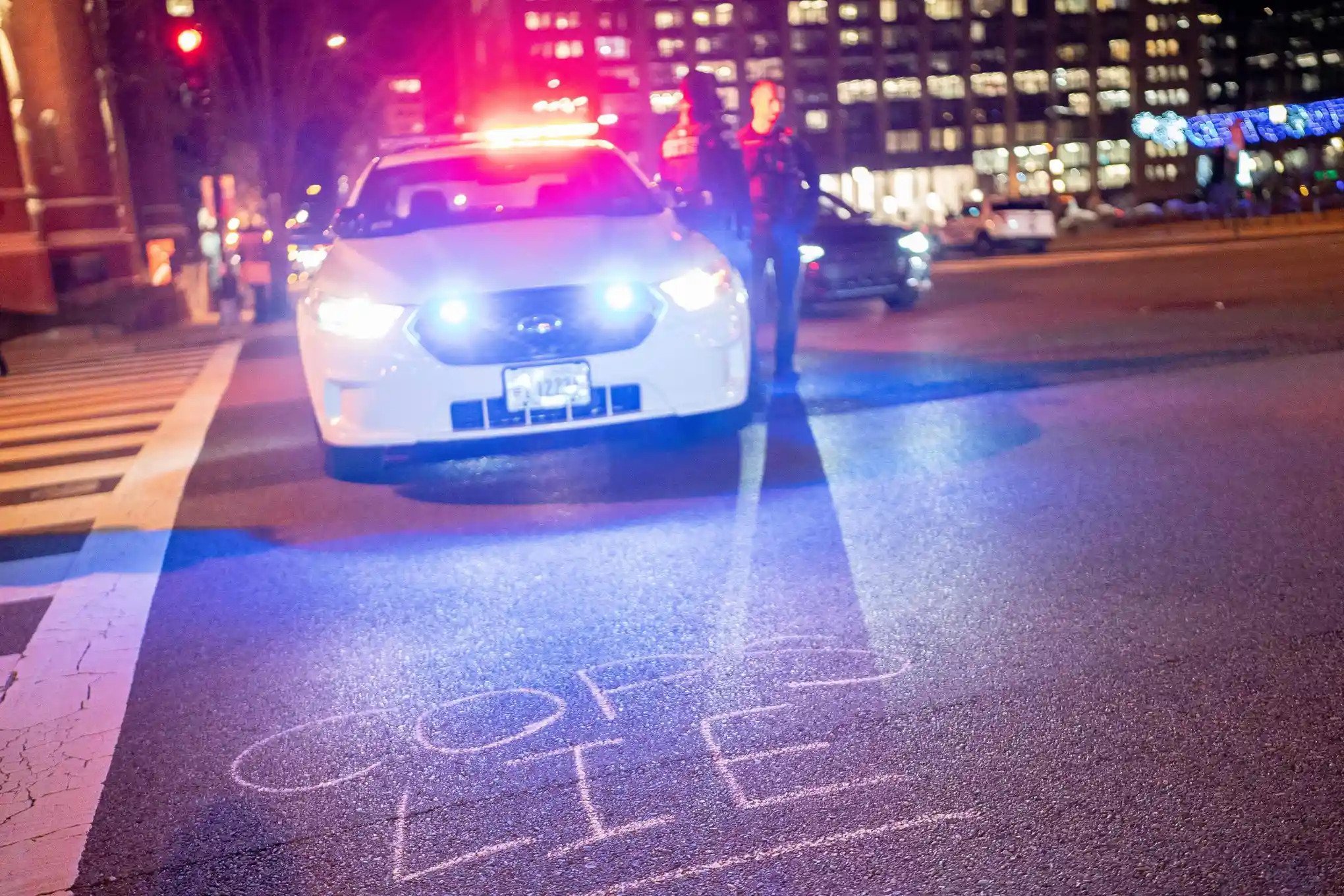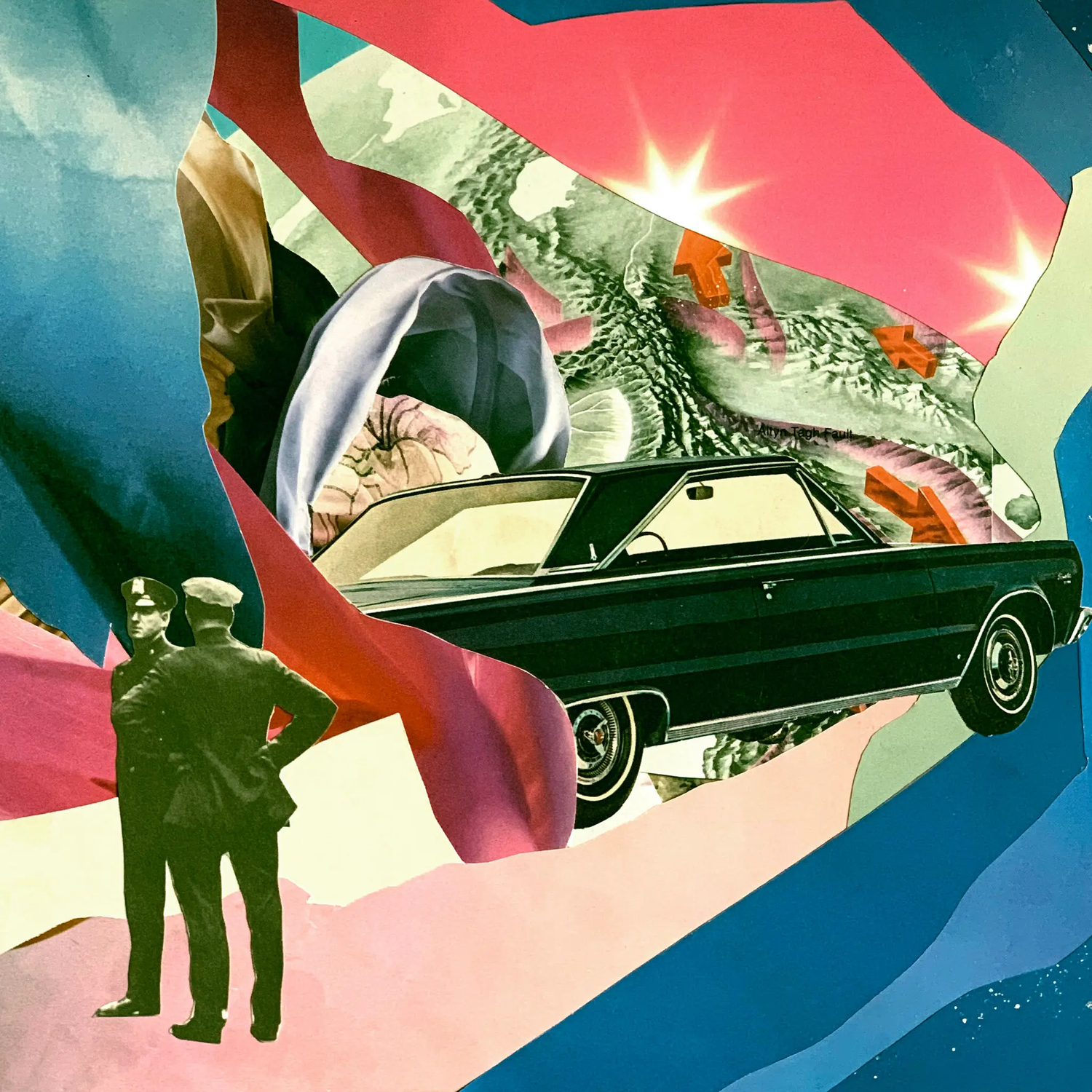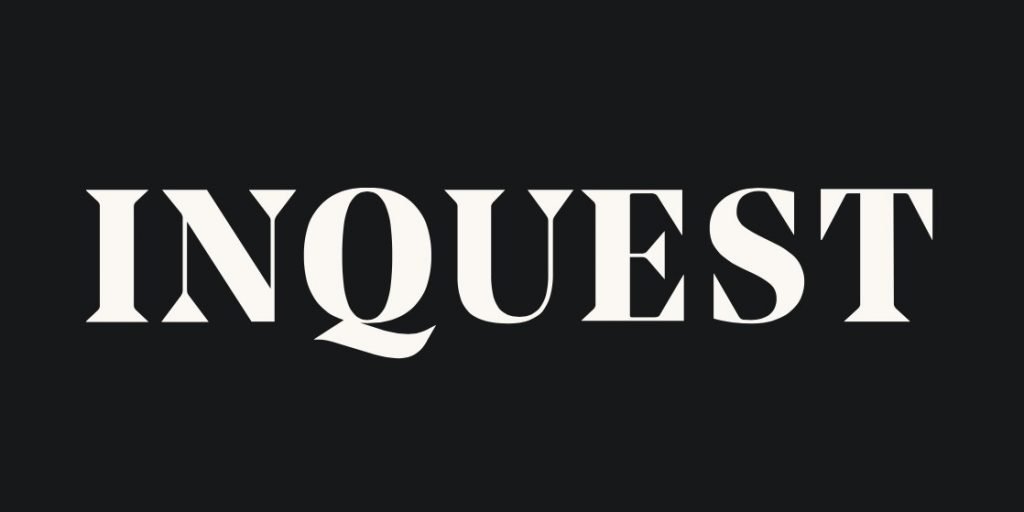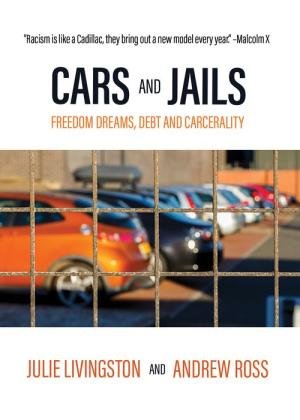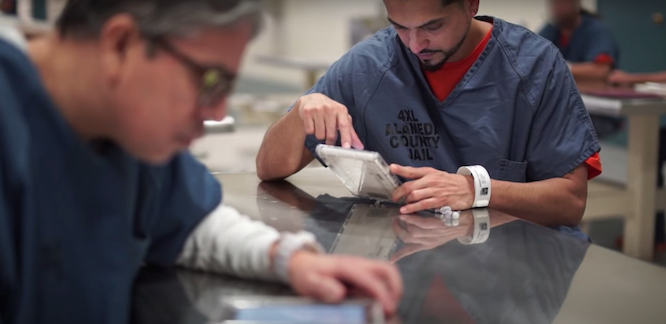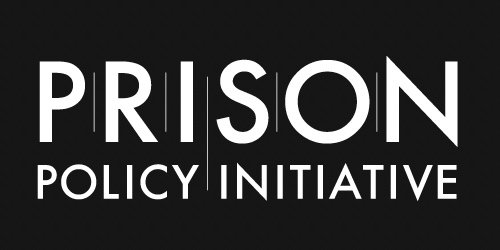The Prison Education Program Research Lab
is a collaborative effort between faculty and students at NYU Prison Education Program.
The Lab documents the financial and human costs of incarceration to amplify the knowledge and expertise of individuals and communities directly impacted by mass incarceration.
- Right now we’re a small community of peer researchers doing this work, and I feel great that we’re the trailblazers, we started this incarceration research for ourselves, but it’s going to go past us. Hopefully, this research will lead to change in New York state prisons, whether they look more into the commissary costs, or child support, or the fines and fees and other penalties, like parole, that come with being incarcerated.
—Vincent Thomas, Peer Researcher - Like Vincent, I hope it changes the stigma around incarceration, and that will in turn cause people to want to help. I just want to create a truth so people know what’s really happening, because the media and TV shows don’t tell it like it is.
—Derick McCarthy, Peer Researcher - I like the idea of equipping those who are impacted by mass incarceration with the tools to study the issues around it, as opposed to having people from the outside come in and study our communities, because they struggle to understand what it’s like to experience the things that we live through.
—Mychal Pagan, Peer Researcher - They call it a sentence because it's only one line out of a paragraph, not the whole story of your life.
The prison isn’t really taking full care of you; people on the outside are taking care of you, if you’re fortunate enough to have them. Or you’re doing some extra things to take care of yourself.
—Aiyuba Thomas, Peer Researcher
Right now we’re a small community of peer researchers doing this work, and I feel great that we’re the trailblazers, we started this incarceration research for ourselves, but it’s going to go past us. Hopefully, this research will lead to change in New York state prisons, whether they look more into the commissary costs, or child support, or the fines and fees and other penalties, like parole, that come with being incarcerated.
—Vincent Thomas, Peer Researcher
Our Lab
Research Team
Jump to the Research team section
Current Projects
Family Debt Project: We are currently working on a study of how families and communities are brought into the penal state and shaped by their relationship to it. The project analyzes the many forms of financial support families and communities provide–from commissary costs to telecommunication expenses to legal fees to child support. Based on a survey of over 500 New Yorkers who support loved ones in prison, and 200 qualitative interviews with a subsample of them, we document the stream of resources flowing from kin networks into penal institutions and its reciprocal effects on family and community life.
Lab Achievements
The first book, Cars and Jails: Freedom Dreams, Debt and Carcerality, published in 2022, explores all of the ways in which car ownership and use can lead to detention. In particular, it shows how the (auto) debt economy overlaps with the carceral economy.
The second book, Abolition Labor: The Fight to End Prison Slavery, published in 2024, draws heavily on the prison work experience of formerly incarcerated men and women, and chronicles the nationwide campaign to “End the Exception” in the 13th Amendment.
Our articles and opinion essays have appeared in a broad range of publications, from public media like the New York Times, The Guardian, Newsday, and the Boston Review, to scholarly journals, like South Atlantic Quarterly and Marxist Sociology, and revues of critical legal and prison studies, like Inquest and the Law and Political Economy Project.
Lab students have produced their own visual media projects and podcasts, and have given many public presentations about their work.
Last but not least, we are proud that most of our students and researchers have graduated and found positions in other institutions and organizations.
Community Relations
Funding
Current funding:
United States Department of Education, Grant for Community Outreach and Promotion
Institute for Research on Poverty, “Familial Debt and Reentry: Barriers to Child Support Adjudication.”
Pending Funding:
National Science Foundation, REU Site: Research Training for Formerly Incarcerated Undergraduates
The NYU Prison Education Program (PEP) is a college-in-prison program that aims to expand access to higher education within communities impacted by the criminal justice system and to model how a research university can advance solutions to real-world problems. In 2018, NYU PEP formed the Research Lab, a collaboration between faculty and formerly incarcerated students at NYU, to study the costs of incarceration and to generate grounded policy recommendations and advocacy initiatives around responsible decarceration in the city and state. Students with lived experiences of incarceration are hired and trained by faculty members in the methods and ethics of social science research and take part in all aspects of research, including identifying research questions, design, data collection, and dissemination. By drawing on researchers from NYC communities most affected by incarceration, the Research Lab hopes to amplify their voices and concerns and to increase communities’ capacities to respond to the effects of incarceration.
Lab Video
Lab Podcasts
Zach Gillespie (PEP Research Lab) talks to Briane Cornish and Gordon Davis, President and Treasurer of fINEQUITY, an organization helping those impacted by incarceration to grow their financial power.
NYU Prison Education Program’s peer researchers Derick McCarthy and Aiyuba Thomas talk to Akeel Adil, owner of Rogue Optical, about his experience starting a business after incarceration.
DEBT AND INCARCERATION
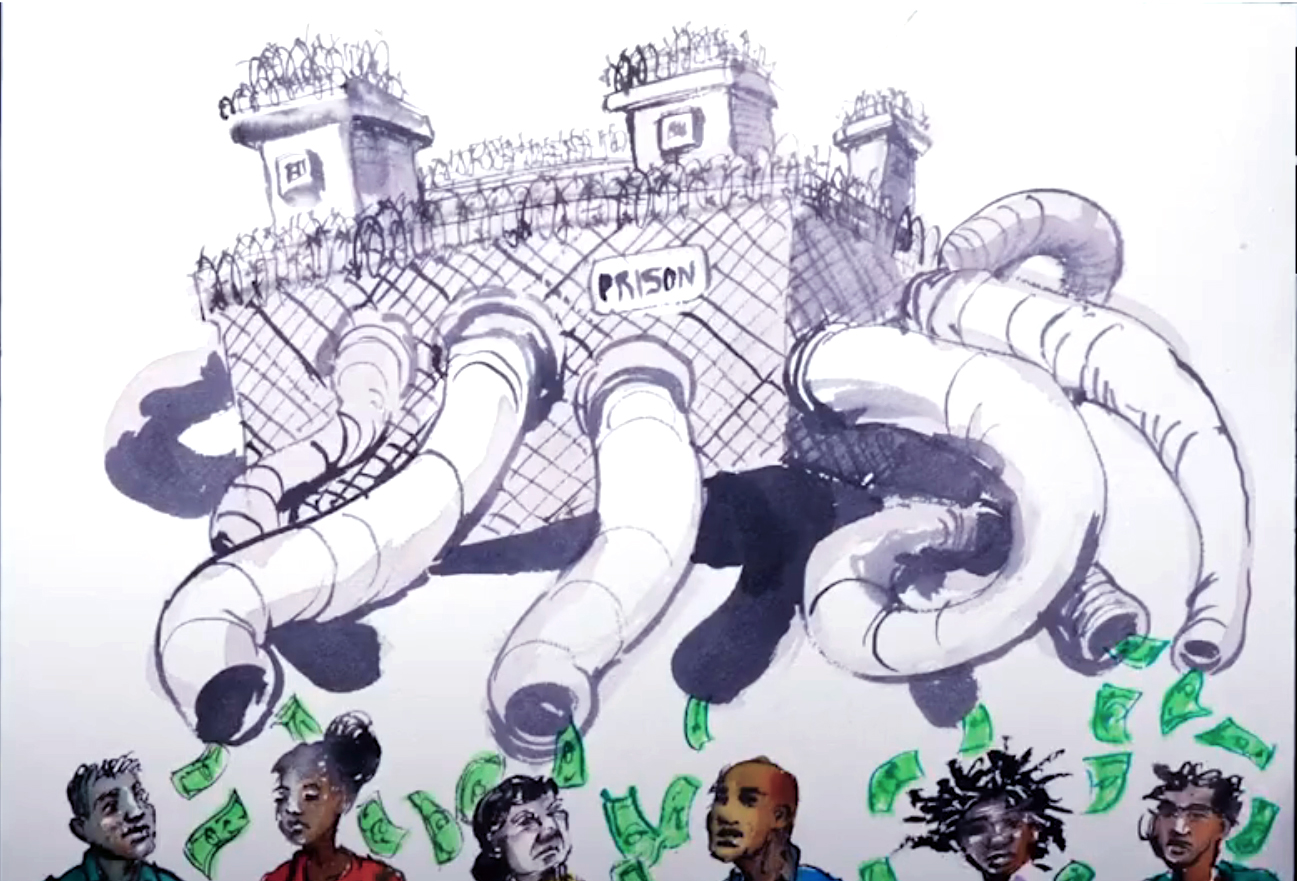
Illustration by Molly Crabapple
Debt and Incarceration
In 2018, members of PEP Research Lab began research on the relationship between debt and incarceration in New York City. As privatization and austerity measures have shifted the cost of the carceral system onto individuals, incarcerated persons are increasingly compelled to pay for their institutionalization, including amounts for administrative fees and legal support, and for covering basic necessities during incarceration. The result is that many fall into a debt trap upon release into vulnerable urban neighborhoods, which unsurprisingly are rife with myriad forms of predatory lending. The fiscal burden is borne largely by family, friends, and community members whose own limited financial resources are continually drained to support incarcerated loved ones through a broken legal and institutional system.
The Many-Headed Monster of Carceral Debt
BEFORE incarceration
• Pre-trial obligations include Bail Debt and Legal Representation
Debt. • In addition, court fines, fees, surcharges, and restitution are routinely imposed by judges on top of a criminal sentence • Failure to pay these Legal Financial Obligations (LFO) can result in detention or denial of government benefits.
DURING incarceration
• Pay-to-Stay, for room and board, is charged in many states. * Commissary Debt comes from marked-up prison goods and services necessary for survival because of the lack of nutrition in institutional food. • Phone Debt and Tablet Debt is extracted for telecommunications with loved ones. • Wage Theft is incurred from the penny wages paid for maintenance labor and industrial work programs. • Support Debt is the large financial burden borne by households that keep family members alive in prison • Transportation Debt is accrued by family members on prison visits • Child Support Debt is paid to the state, not the parent, and is a significant financial obligation during and after incarceration. • Medical Debt is accumulated for care of injuries incurred as a result of the conditions of incarceration and under-regulated workplaces.
AFTER incarceration
• Parole Debt is a routine aspect of reentry. • Private Probation Debt is owed to companies on contract with the state to supervise probation. • Post-Release Debt includes mandatory fees for electronic monitoring, drug testing and sex offender registration.• Auto Debt is accrued from subprime loans offered to borrowers whose credit was shredded during incarceration • Housing Debt is incurred from renting suboptimal accommodations on reentry. • Wage Debt accumulates from lost earnings due to market barriers for formerly incarcerated people • Emotional Debt is owed by incarcerated people to families, partners, and associates who have shouldered the costs of their incarceration.
ANYTIME
• Historic redlining of center-city neighborhoods “captured” multigenerational communities of color, resulting in the concentration of financial burdens, including Slumlord Rent Debt and Grocery Debt (from mark-ups in store credit, especially in food
deserts) • Deindustrialization and job loss forced residents to borrow in order to stay afloat, encouraging risky and illegal activities to service these Household Debts. • Over-policing of "high-crime" center-city neighborhoods generates specific financial liabilities, including State Debt, from traffic fines/surcharges and other forms of “revenue policing,” as well as Medical Debt from injuries incurred at traffic stops by armed officers.
PROJECT
Abolition Labor
Release Date: June 2024
Publisher: OR Books
Pre-order: Barnes & Noble • Murder Books • Browse About Books • Waterstones
“This is an essential guide for those who want to abolish the last vestiges of legal slavery in the US and build a world without prisons.”
—Alex Vitale, author of The End of Policing
“Through the voices of imprisoned workers themselves … this book makes a powerful case that abolition is a labor question.”
—Robin D.G. Kelley, author of Freedom Dreams: The Black Radical Imagination
By Andrew Ross, Tommaso Bardelli, and Aiyuba Thomas
“This is a startling—and often inspiring—account of the pernicious persistence of prison slavery. It is that rare book which will galvanize a reform movement and, therefore, make for a better world.”
—Gerald Horne, author of more than 30 books, including Revolting Capital and The Counter-Revolution of 1776: Slave Resistance and the Origins of the United States of America
Abolition Labor is the first full account of the national movement to end forced labor, much of it unpaid, in American prisons. It draws on interviews with formerly incarcerated persons in Alabama, Texas, Georgia and New York to give a more holistic picture of these work conditions, and it covers the new prisoner rights movement that began with system-wide work strikes involving more than 50,000 people in the 2010s.
Incarcerated people work for penny wages (15 cents an hour is not unusual), and, in several states, for nothing at all, as cooks, dishwashers, janitors, groundskeepers, barbers, painters, or plumbers; in laundries, kitchens, factories, and hospitals. They provide vital public services such as repairing roads, fighting wildfires, or clearing debris after hurricanes. They manufacture products like office furniture, mattresses, license plates, dentures, glasses, traffic signs, garbage cans, athletic equipment, and uniforms. And they harvest crops, work as welders and carpenters, and labor in meat and poultry processing plants.
Abolition Labor provides a wealth of insights into what has become a vast underground economy. It draws connections between the risky trade forced on prisoners who hustle to survive on the inside and the precarious economy on the outside. And it argues that, far from being quarantined off from society, prisons and their forced work regime have a sizable impact on the employment market and the economic life of tens of millions of American households.
FAMILY DEBT
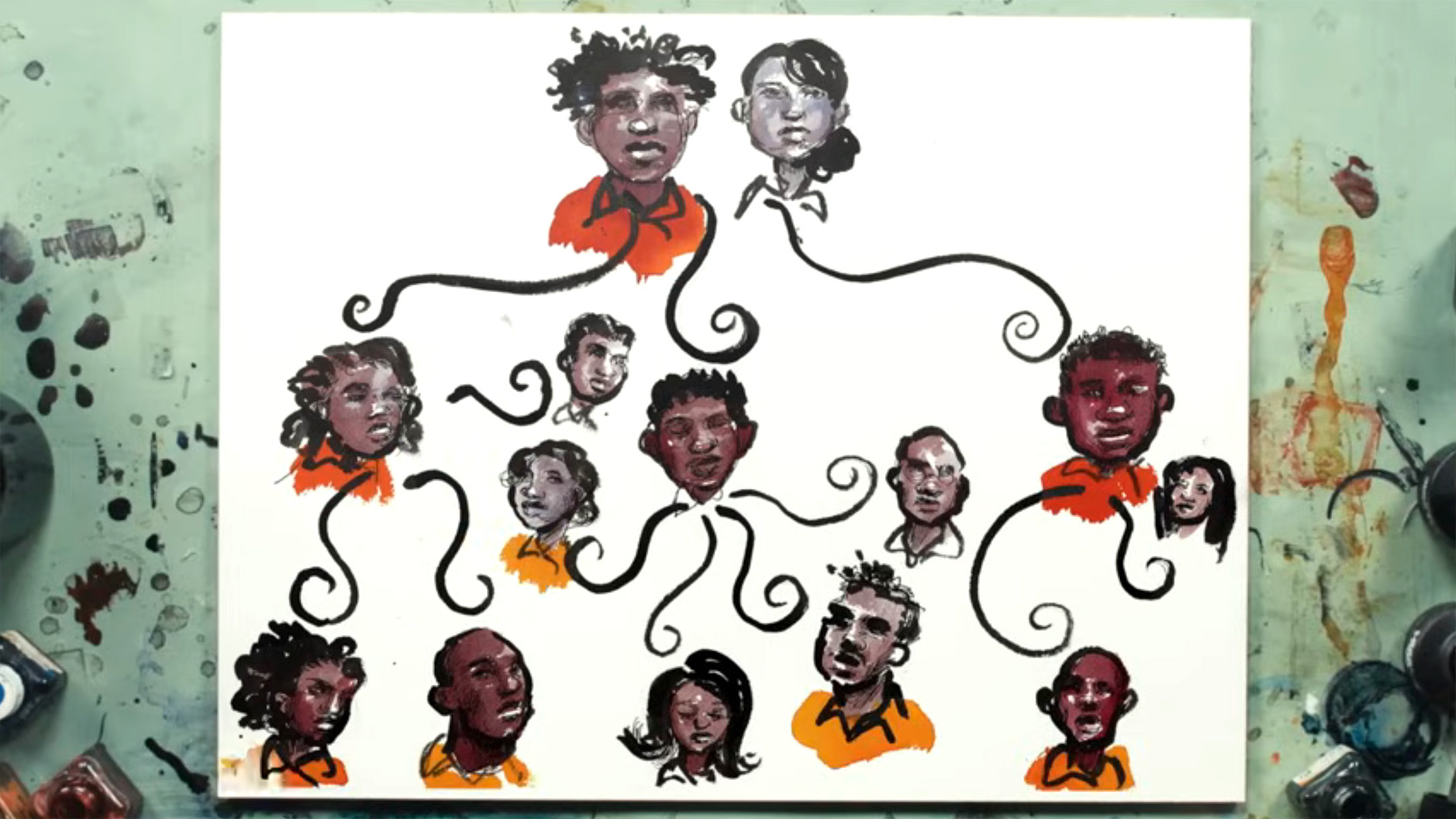
Illustration by Molly Crabapple
PROJECT
Family Debt
It was like I was a corpse. I knew the system thought of me like that. I was dead to it. But when I felt like a corpse to my family, man, that was too much.”
—ZK, a father interviewed for the Family Debt Project
Our social safety net should not have a payback price tag. It should be there to catch families that need it. Reforming it would be a real Father’s Day gift.
—Lynne Haney, and Aunray Stanford, New York State Should Stop Seizing Child Support Payments, Newsday,” June 30, 2023
The carceral state extends far outside prison itself, drawing in families and communities in deeply consequential ways. One of the most consequential is through carceral debt. In our Family Debt Project, we analyze the many forms of financial support that families and communities provide loved ones in prison–and the complex ways this support shapes familial relations of care and reciprocity. Based on a survey of over 500 New Yorkers who support loved ones in prison, and 200 qualitative interviews with a subsample of them, we document the stream of resources flowing from kin networks into penal institutions. From commissary costs to telecommunication expenses to legal fees to child support, this project explores the reciprocal effects of carceral debt on family and community life. The project will result in a book, to be published in 2025.
The Family Debt Project is researching several aspects of familial debt: How are carceral debt and financial support managed in familial networks? How does this debt become entangled in familial relations? How does it shape family relations of care and familial bonds? Are some forms of debt more consequential? For whom? And how to female kin navigate the racialized and gendered dimensions of financial extraction and accountability?
Racism is like a Cadillac, they bring out a new model every year.
—Malcolm X (a former auto worker)
As cornerstones of life under racial capitalism, the automobile and the prison exemplify the ease with which the quotidian can become deadly. Livingston and Ross, with the support of formerly incarcerated peer researchers, have produced an extraordinary example of how critical carceral studies can enlighten, complicate and inspire.
—Angela Y. Davis, author of Are Prisons Obsolete?
I’ve dreamed for years that somebody would write this book. It’s not only a brilliant intervention but a necessary one. Livingston and Ross explore the profound antisociality of automotive life in a society configured by racial hierarchy. They have thoughtfully illuminated the mutual articulation of automotivity and carcerality in provocative ways that have enormous practical value.
—Paul Gilroy, author of The Black Atlantic
By Julie Livingston and Andrew Ross, 2022
The personal automobile is an icon of freedom, and the pleasures of mobility rightfully prized by those who have been caged. But arrests from traffic stops are the primary means by which they become incarcerated. Paradoxically, the car functions at the cross-roads of two great systems of unfreedom and immobility—the credit economy and the American carceral system. Our researchers investigate this paradox in detail, tracking how the long arms of debt and carcerality operate in tandem in the daily life of car use and ownership. They document the numerous ways in which discipline and control are exercised daily, far outside the prison or jailhouse walls, in ways that are redolent of the criminal justice system. These include the tyranny of the credit score, revenue policing, subprime lending, the expansion of data mining and scrutiny of individual conduct by government and corporations, the surveillance technologies built into cars, and the road warrior culture of a highly militarized society oriented to fossil fuel extraction and its procurement.
Reading Cars and Jails was an ‘ah ha’ experience for me. The clarity and urgency of the research by Livingston, Ross, and The NYU Prison Education Lab make glaringly evident how the automobile is a carceral trap that impoverishes and captures with devastating consequences for all life.
—Nicole R. Fleetwood, author of Marking Time: Art in the Age of Mass Incarceration
A short video on Cars and Jails: Freedom Dreams, Debt, and Carcerality, a new book by Julie Livingston and Andrew Ross.
Car Dreams: Debt, Carcerality and the Automobile. A short film by Mychal Pagan and Gabriela Azevedo
PROJECT
The Cost of Commissary
With wages currently as low as $0.10 per hour, most incarcerated people in New York have to work 3 hours to afford a ramen soup at the commissary store, and 44 hours for a cereal bar.
(Source: NY Focus, April 2023).
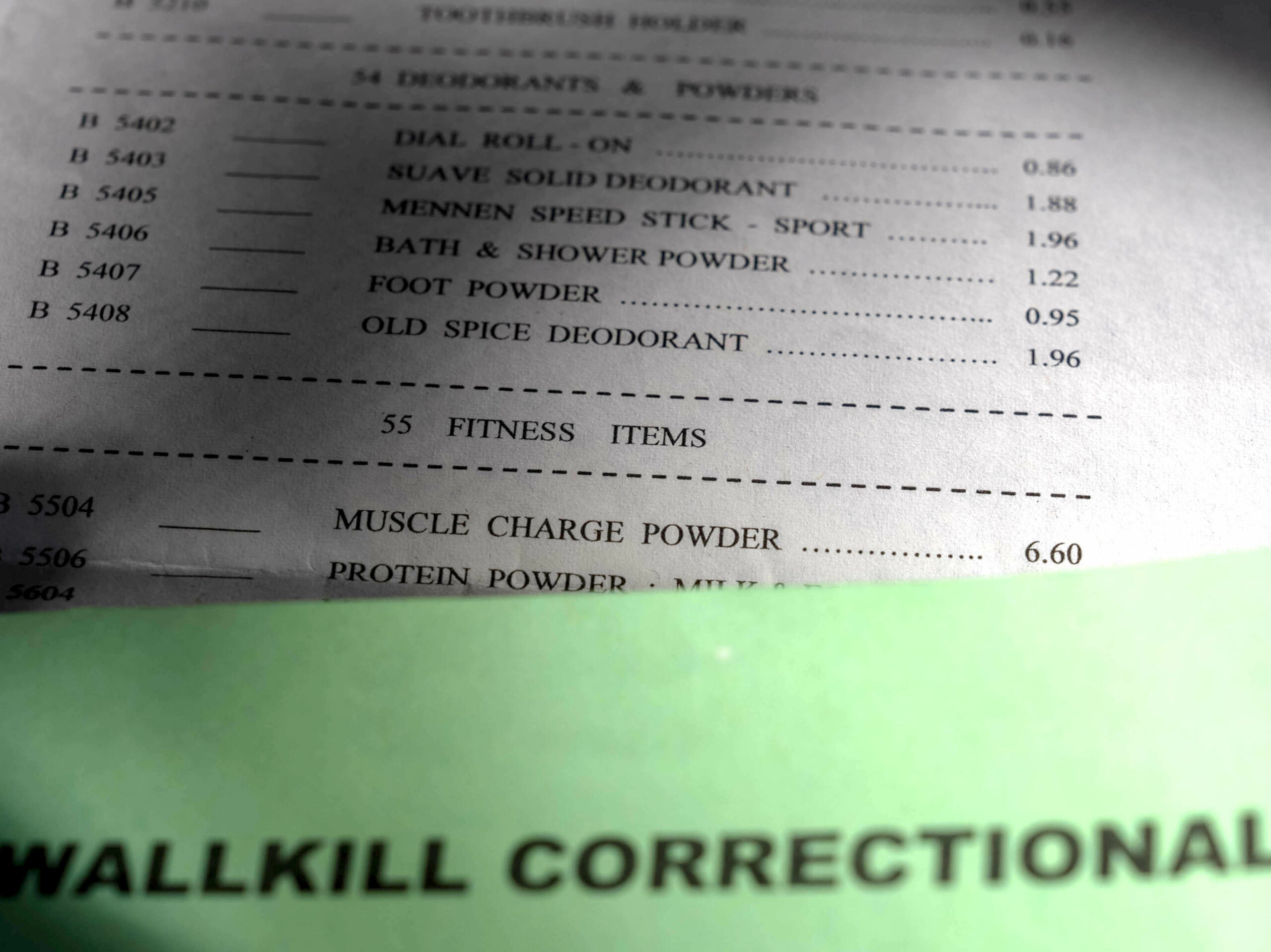
Photograph by Mychal Pagan
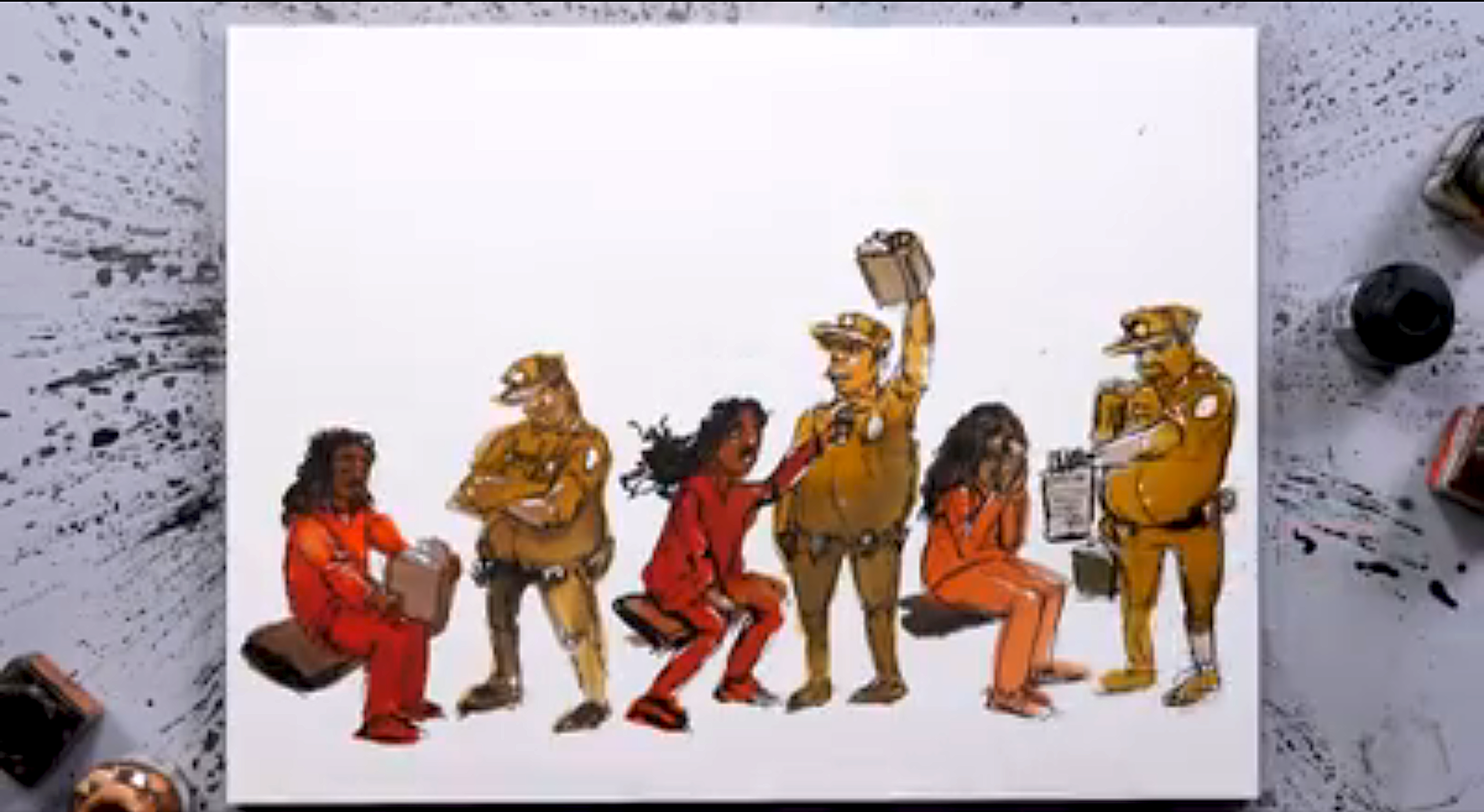
Illustration by Molly Crabapple
Beginning in Fall 2019, our team has been conducting research on the costs of commissary and related consumer spending during incarceration. By studying the commissary system, our aim is to trace the flow of money into the prison, its circulation inside, and the fiscal effects on families on the outside. To date, our researchers have conducted qualitative interviews with over 50 formerly incarcerated men living in New York City, as well as with their family members, exploring the multiple financial costs people face to meet their basic needs during incarceration. Our findings show that people must spend considerable sums in order to cover basic needs while incarcerated, and that they often have to rely heavily on family and friends for financial assistance. As a consequence, incarcerated individuals and their families often face an impossible choice: drain the household’s resources to support their loved ones inside or leave them exposed to the most brutal forms of deprivation.
The amount Pennsylvania spent on food per incarcerated person in 1996 was
$8.96 per day.
By 2018, Pennsylvania reduced the amount to
$2.61 per day.
Daily Amount That States Spent On Prison Food Per Person, 1996 – 2018
Source: Impact Justice, 2021
Hourly Wages For Incarcerated People By State
Source: Impact Justice, 2021
Based on our own research, we estimated that an individual spends about $1250 on commissary per year. Because they can’t possibly make that much money on prison wages, much of that cost is borne by families on the outside, who are already economically vulnerable.
—Thuy Linh Tu, Faculty Researcher, Professor of Social and Cultural Analysis, NYU
PROJECT
The Cost of COVID
With no effective safety protocols in place, it fell on the incarcerated to avoid illness. Prison porters—paid $0.17 per hour, and often without protection equipment—for instance, worked hard to contain the spread of infection by carefully sanitizing common spaces.
Interviewers Tommaso Bardelli and Zach Gillespie
Incarcerated people and their families have been especially vulnerable to the effects of the COVID-19 pandemic. Prisons and jails have become epicenters of the pandemic as have the poor, urban, predominantly Black and brown neighborhoods from which they draw. The pandemic has had important and long-term ramifications for life inside prison facilities, including for the financial costs faced by incarcerated people and their families. By drawing on in-depth interviews and oral histories with people who were incarcerated during the pandemic, as well as with their families, this project examines different aspects of the COVID-19 crisis in New York State prisons, from the lack of adequate medical care experienced by incarcerated persons, to the challenges of staying in touch with loved ones and the heightened costs of prison telecommunications.
I don’t see how a closed population could catch COVID if no one from the outside didn’t bring it in, and that’s not being addressed. … Because I know for a fact that sometimes they knew that officers were sick.
C., interviewed on May 20, 2021, was released on March 29, 2021
“Not a Place to Get Sick”: Punishment and Illness in New York Prisons During the COVID-19 Pandemic
By Tommaso Bardelli and Aiyuba Thomas
Disability Covid Chronicles, May 20, 2021
Community Relations
• Brooklyn Defender Services
Brooklyn Defender Services is a public defense office that provides outstanding representation and advocacy to people facing loss of freedom, family separation and other serious legal harms.
• Million Dollar Hoods at UCLA
Million Dollar Hood at UCLA maps and documents the human and fiscal costs of mass incarceration in Los Angeles and beyond. Launched in September 2016, the Million Dollar Hoods website, began by hosting digital maps that show how much is spent per neighborhood on incarceration in Los Angeles County.
• Center for Urban Pedagogy
Creative tools for building community power
We collaborate with community organizations, schools, visual designers, and artists to make information about public policies, processes, and systems, accessible.
• Abolish Slavery National Network, ASSN
Abolish Slavery National Network, ASSN is a national coalition fighting to abolish constitutional slavery and involuntary servitude in all forms, for all people.
We envision a United States where all people, without exception, are free from slavery and involuntary servitude and where all people are protected by their state and federal constitution.
We are organizing in more than 20 states to abolish slavery from state constitutions.
Five states saw ballot initiatives in 2022.
Eleven states introduced legislation in 2023, and more states expect ballot initiatives before 2024 elections.
https://abolishslavery.us Abolish Slavery National Network
• Worth Rises
Worth Rises is a non-profit advocacy organization dedicated to dismantling the prison industry and ending the exploitation of those it touches. We work to expose the commercialization of the criminal legal system and advocate and organize to protect and return the economic resources extracted from affected communities. Through our work, we strive to pave a road toward a safe and just world free of police and prisons.
• 13th Forward
13th Forward is a legislative coalition of advocates, grassroots organizations, and impacted people working to end exploitation and brutality within our prison labor system.
Formerly LaborIsLabor, 13th Forward was formed in 2019 by Worth Rises and the Legal Aid Society. Our steering committee is currently led by Citizen Action of New York, Color Of Change, The Legal Aid Society, and the New York Civil Liberties Union and A Little Piece of Light. We are part of the 2023 Justice Roadmap for New York.
• Legal Action Center
The Legal Action Center (LAC) uses legal and policy strategies to fight discrimination, build health equity, and restore opportunity for people with arrest and conviction records, substance use disorders, and HIV or AIDS.
• New Media Advocacy Project (N-Map)
The New Media Advocacy Project (N-Map) advances human rights by merging law with multimedia storytelling to bring the voices of people who have suffered human rights abuse into the halls of power. In partnership with human rights defenders around the world, we produce tactical, audience-focused videos that help win cases and campaigns, influence policy, mobilize communities, and make the policy and law more accessible. We explore how new modes of storytelling, emerging technologies, and law can combine to ensure the human rights movement evolves and remains effective.
• The Marshall Project
The Marshall Project is a nonpartisan, nonprofit news organization that seeks to create and sustain a sense of national urgency about the U.S. criminal justice system. We have an impact on the system through journalism, rendering it more fair, effective, transparent and humane.
• Visiting Room Project
The Visiting Room Project is a digital experience that invites the public to sit face-to-face with people serving life without the possibility of parole to hear them tell their stories, in their own words. More than five years in the making, the site is the only collection of its kind, containing over 100 filmed interviews with people currently serving life without parole. The interviews were filmed at Angola, the Louisiana State Penitentiary, which is, in many ways, the epicenter of life without parole sentences worldwide. As of 2022, more than 55,000 Americans are living in prisons serving life without parole, their lives largely hidden from public view.
Timeline of Lab Publications
2024
2023
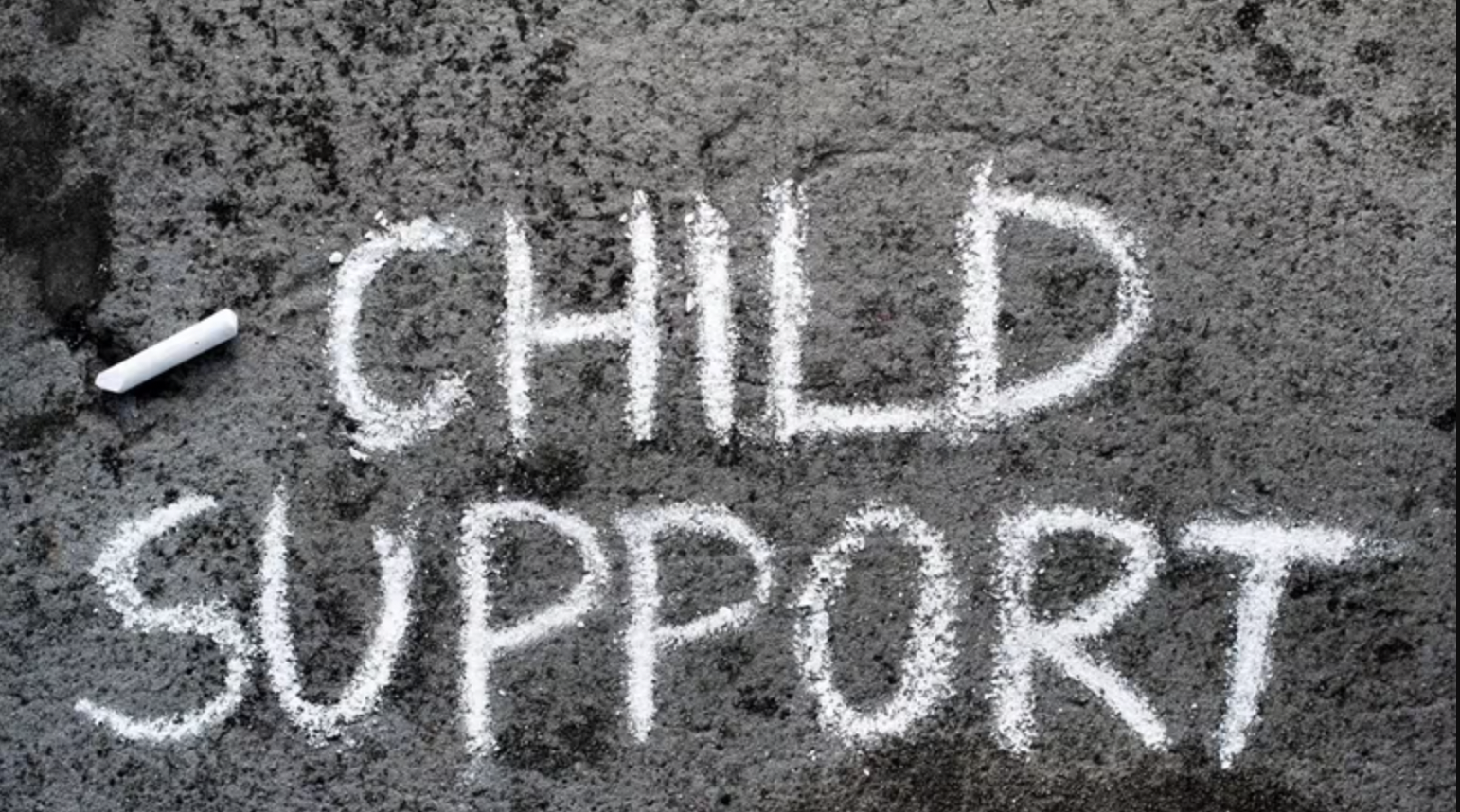
New York State Should Stop Seizing Child Support Payments
A guest essay on Newsday by Lynne Haney and Aunray Stanford,
June 30, 2023
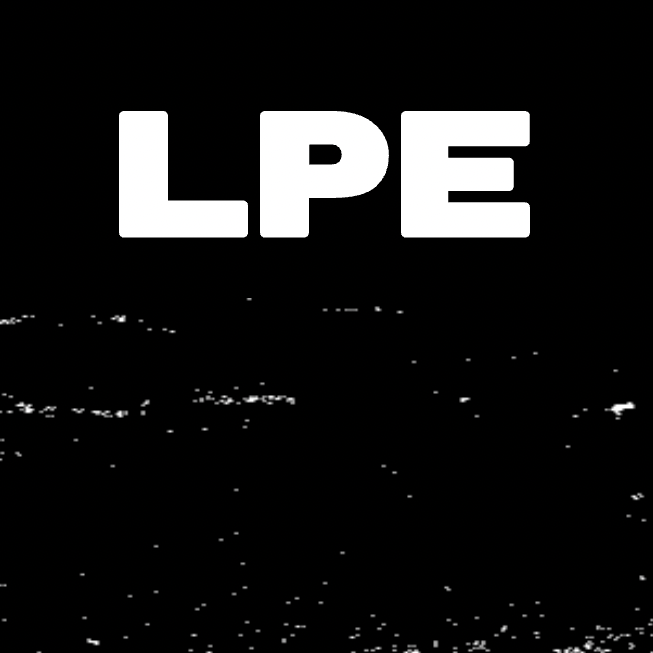
The High Cost of Cheap Prisons
By Tommaso Bardelli, Zach Gillespie, and Thuy Linh Tu
Starting in the early 2000s, a bipartisan consensus emerged around the untenable price tag of mass imprisonment.
The Law and Political Economy Project, April 12, 2023

Alabama Rising
By Andrew Ross and Aiyuba Thomas
For the past decade, people incarcerated in Alabama have led successful national worker strikes. Could a new prisoners’ rights movement be underway?
Inquest, May 25, 2023
Cycles of Debt and Punishment: A Symposium on Prisons of Debt: The Afterlives of Incarcerated Fathers
By Jason M. Williams, Lynne Haney, Maretta McDonald, and Michael B. Mitchell
Through comments on Lynne Haney’s book, Prisons of Debt: The Afterlives of Incarcerated Fathers, the authors analyze the criminalization of child support and the ways it complicates reentry after prison.
The Prison Journal 1–19 © 2023 SAGE Publications
2022
BOOK PROJECT
Cars and Jails: Freedom Dreams, Debt and Carcerality
By Julie Livingston and Andrew Ross
Drawing on interviews with formerly incarcerated men and women, Cars and Jails examines how the costs of car ownership and use are deeply enmeshed with the American prison system.
Published 2022
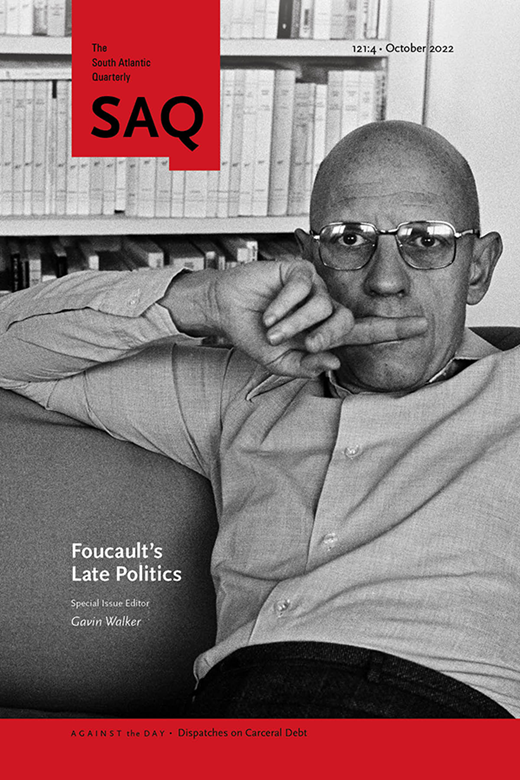
Against the day: dispatches on carceral debt
A special dossier with essays by PEP Lab researchers
South Atlantic Quarterly, Volume 121, Issue 4, October 1, 2022
2021
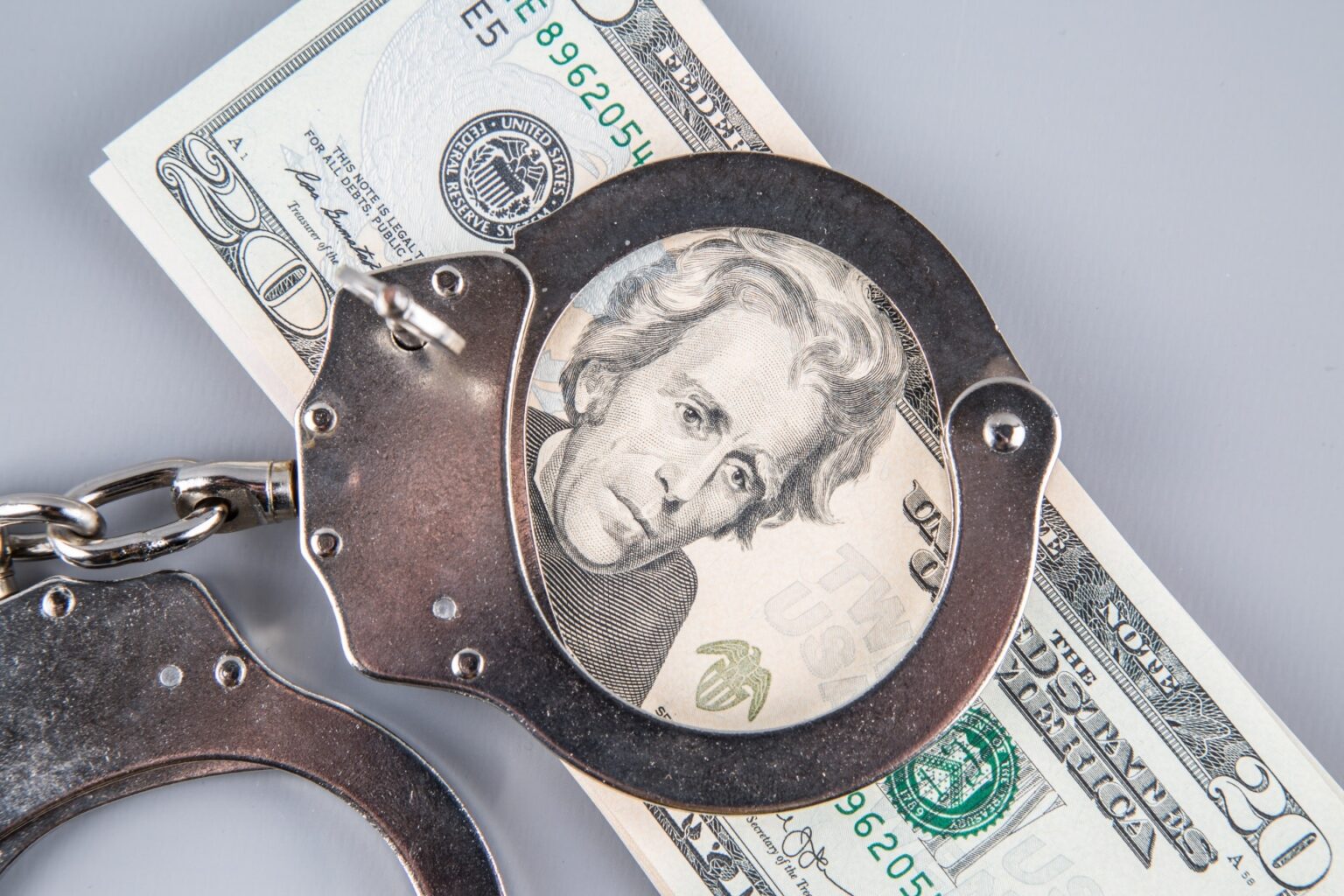
Probation Profiteering Is the New Debtors’ Prison
By Andrew Ross
We must end the widespread practice of funding government budgets by extorting poor people apprehended for minor offenses.
Boston Review, November 9, 2021
“Not a Place to Get Sick”: Punishment and Illness in New York Prisons During the COVID-19 Pandemic
By Tommaso Bardelli and Aiyuba Thomas
Disability Covid Chronicles, May 20, 2021
PROJECT
The Debt and Incarceration Collection at Tamiment Library & Robert F. Wagner Labor Archive
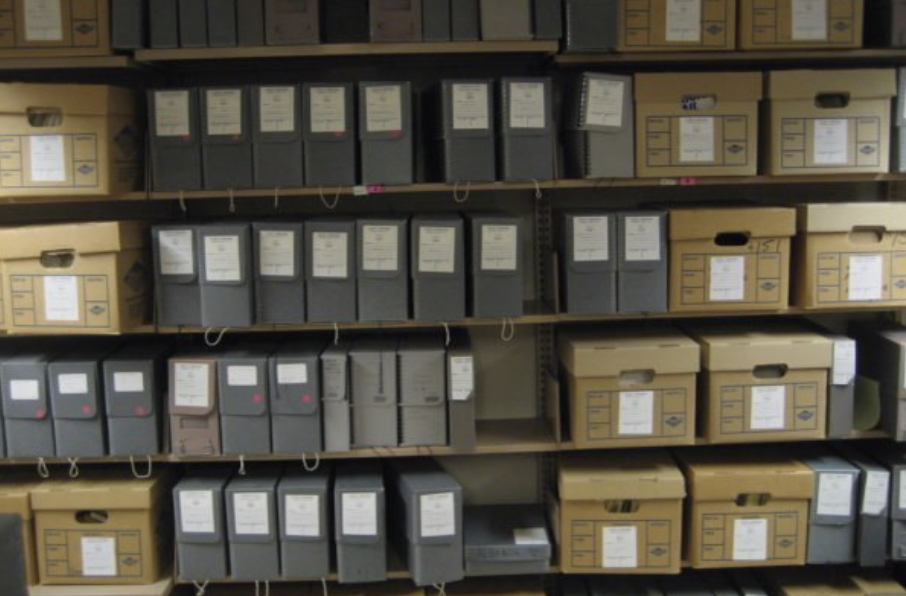
The collection includes anonymized transcripts of interviews conducted with formerly incarcerated New Yorkers and their families by PEP Research Lab’s researchers (2019-2023). The interviews document the multiple financial costs people face to cover basic needs during incarceration, and how decades of fiscal austerity and the privatization of basic services within the prison system progressively shifted the economic costs of incarceration onto prisoners and their families.
Research Team
Faculty Researchers
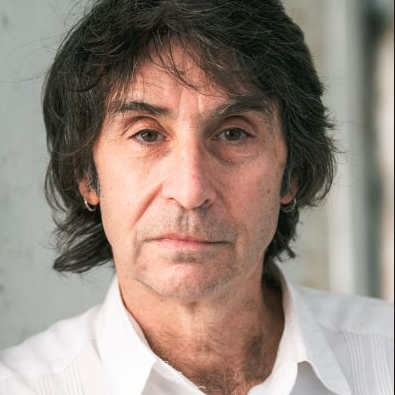
Andrew Ross
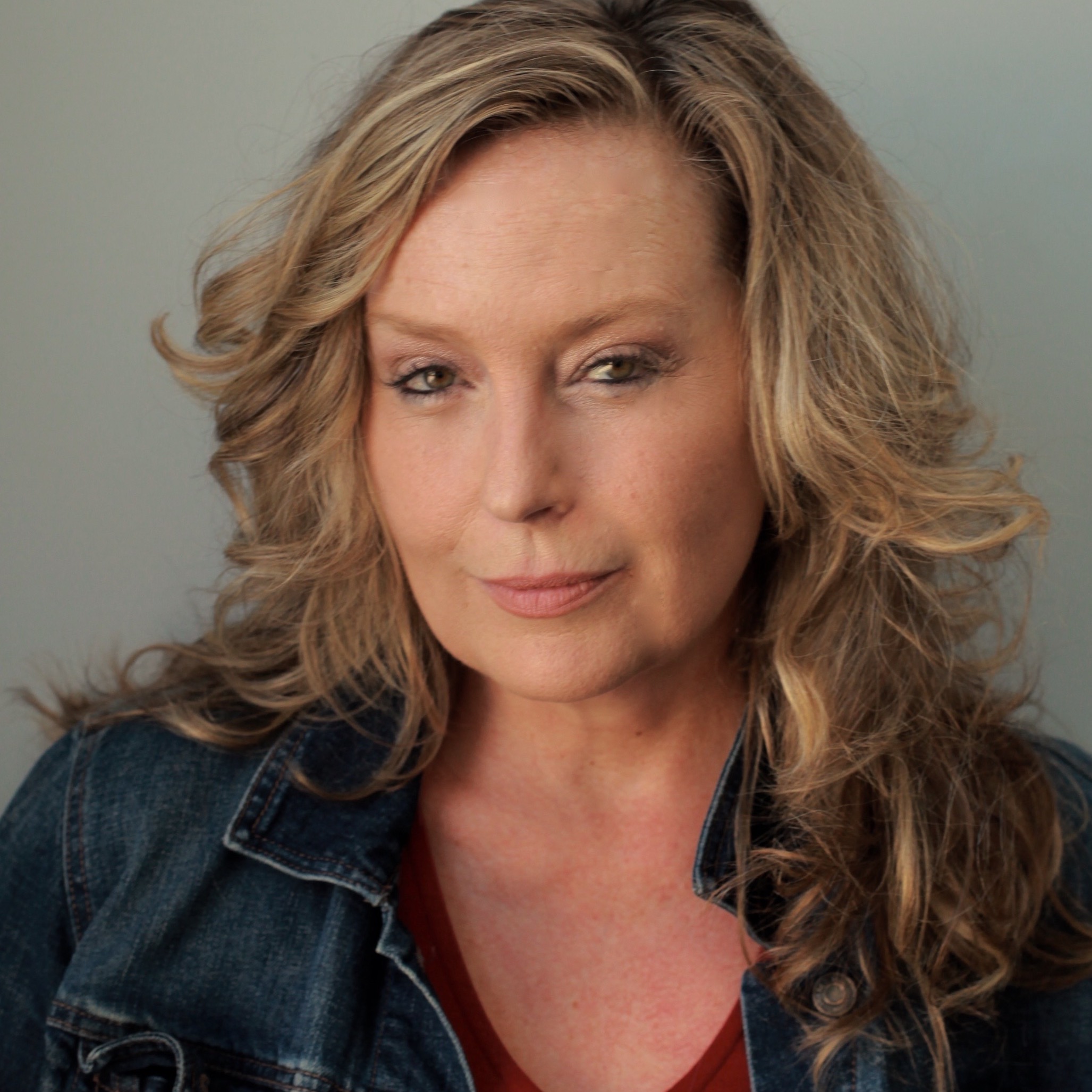
Lynne Haney

David Knight
Faculty Researcher
Assistant Professor of Sociology, Columbia University
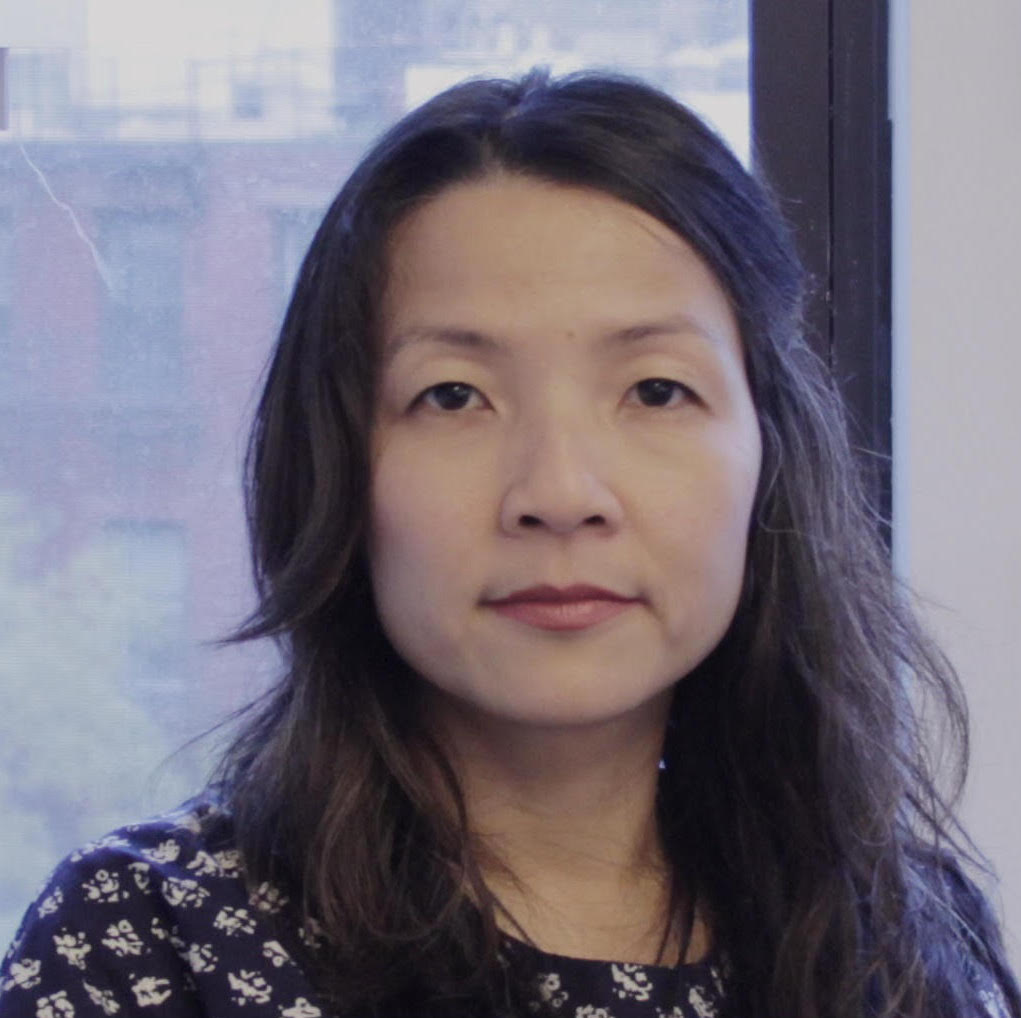
Thuy Linh Tu
Faculty Researcher
Professor of Social and Cultural Analysis, NYU
Peer Researchers
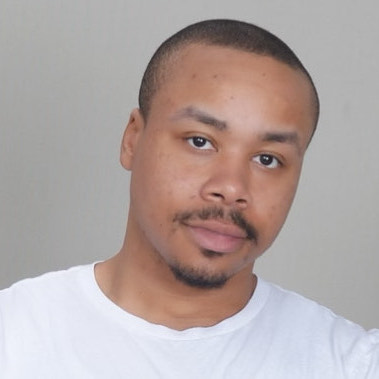
Zachary Gillespie
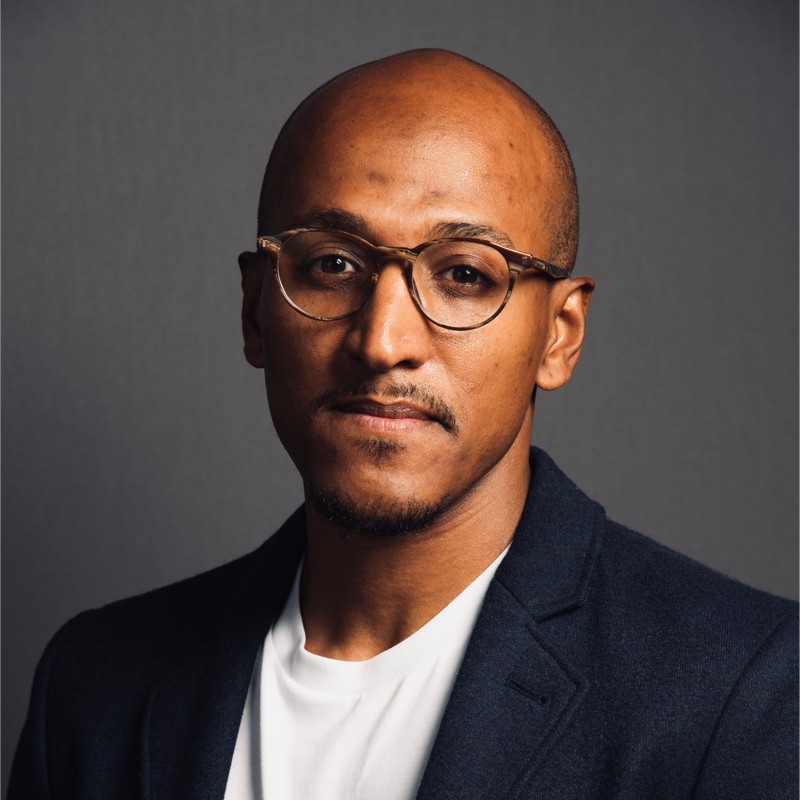
Mychal Pagan
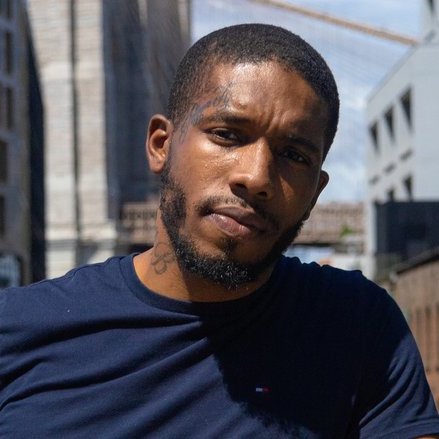
Aunray Stanford
Peer Researcher and Youth Specialist at ManUp! Inc.
Major: Community Organization and Advocacy
Affiliate Faculty and Postdocs

Tommaso Bardelli
Affiliate Researcher
Visiting Scholar and Director of Research at Worth Rises
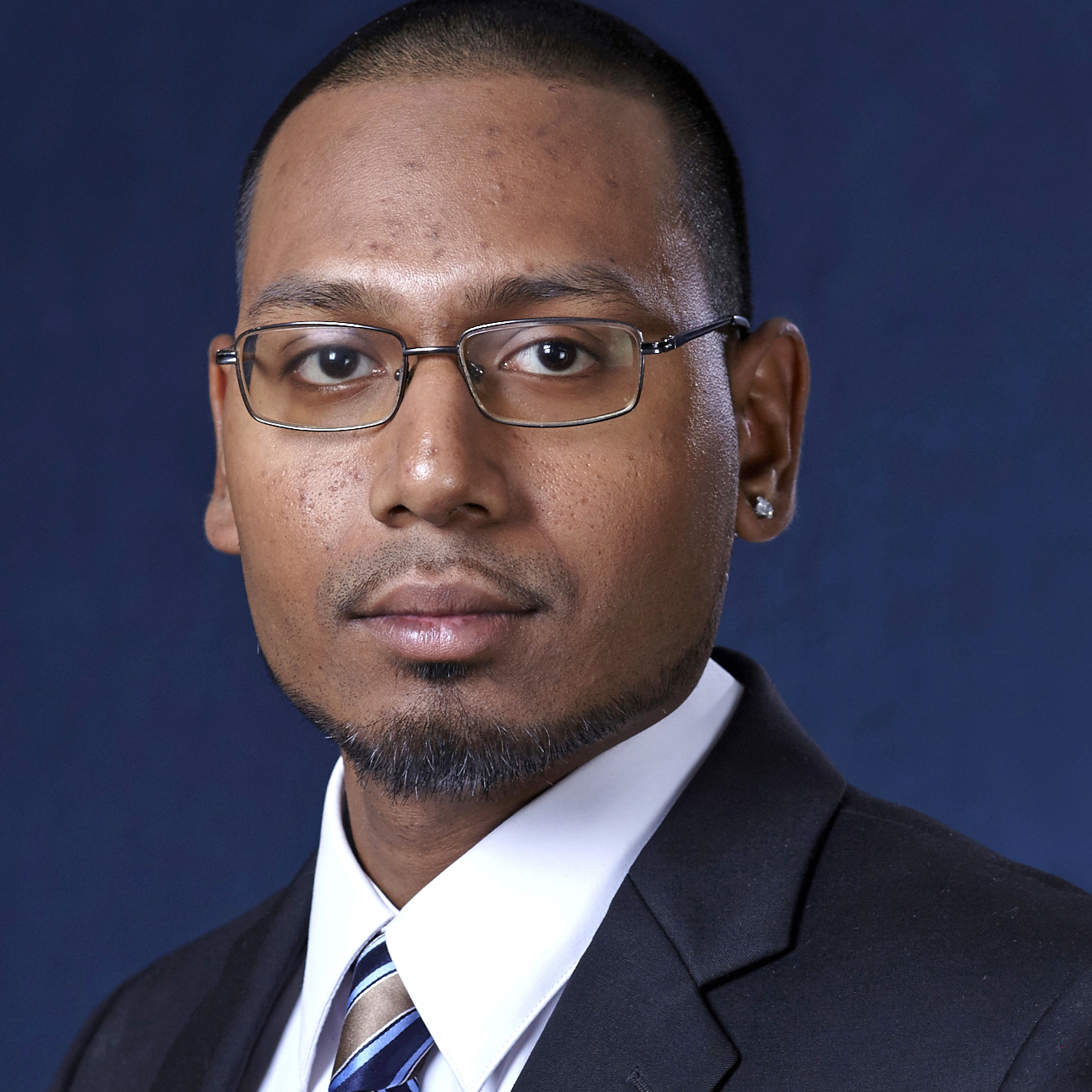
Debanjan Roychoudhury

Julie Livingston
Affiliate Faculty
Professor of Social and Cultural Analysis and History, NYU
Research Assistants, Alumni, and Interns
Research Assistants
Graduate
Gabriela Azevedo, Jacob Hood, Paolina Lu, Kassandra Manriquez
Undergraduate
To come!
Alumni
Peer researchers
Interns
Prison Education Program at Stuyvesant High School
Volunteers
Brandon George, Stella Ross Gray, Zola Ross Gray, Nina Harris, Hazel Livingston, Huyen Nguyen
